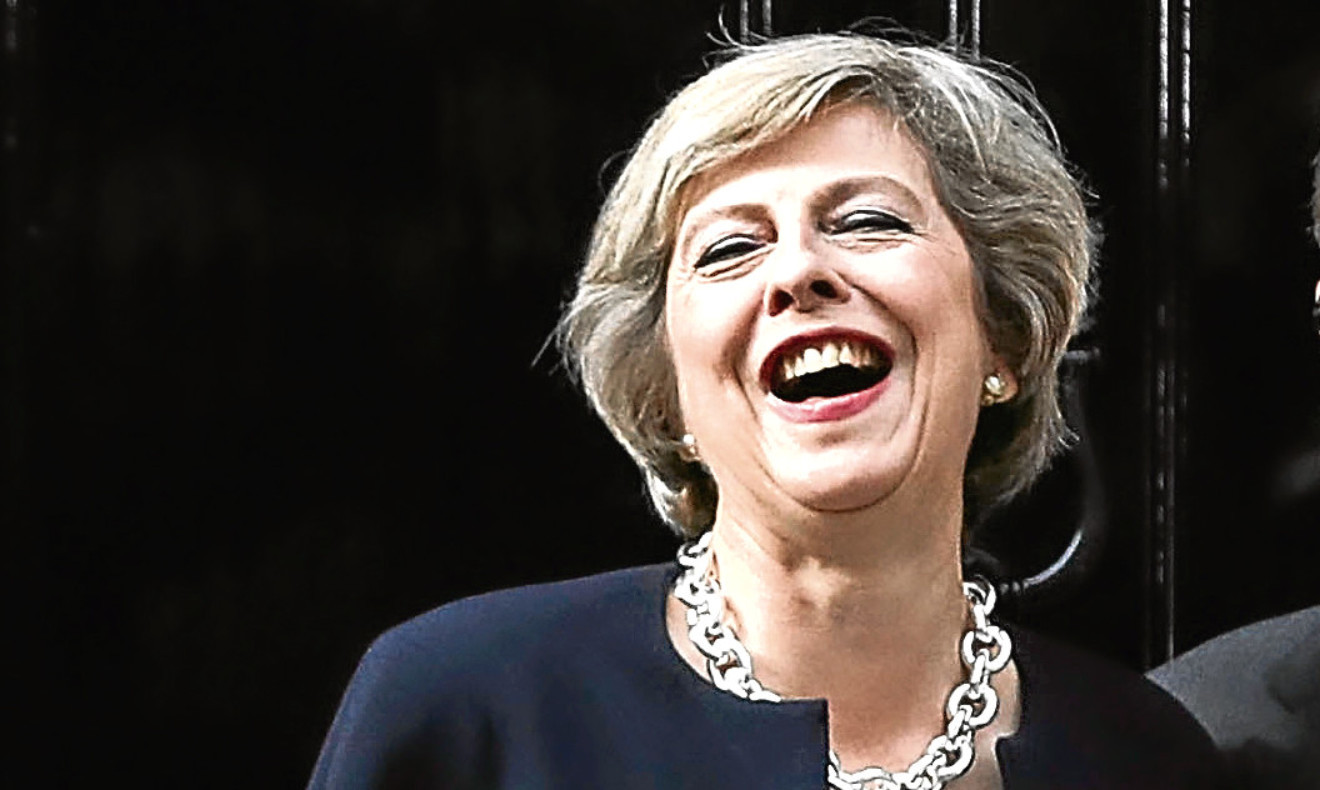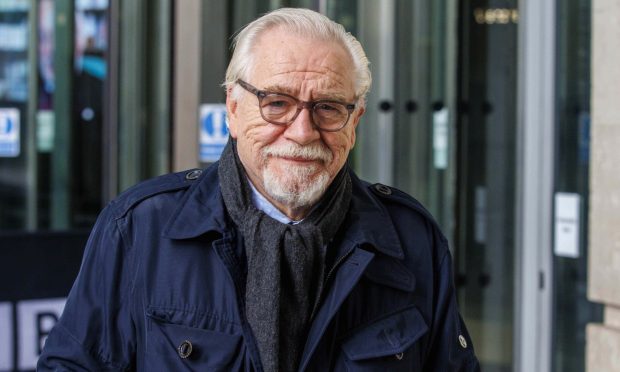Theresa May will seek to present herself as the leader of the working class as she outlines a plan to move the Conservatives towards “a new centre ground in British politics”.
Despite her ministers being criticised for language over immigration and domestic policies such as the planned reintroduction of grammar schools in England, the Prime Minister will argue she leads a “government squarely at the service of ordinary working-class people” in her keynote speech to the Conservative conference on Wednesday.
She will say: “I want to set our party and our country on the path towards the new centre ground of British politics – built on the values of fairness and opportunity – where everyone plays by the same rules and where every single person, regardless of their background or that of their parents, is given the chance to be all they want to be.”
Mrs May will also attack “politicians and commentators” who she claims are out of step with the public on Europe and immigration.
“They find their patriotism distasteful, their concerns about immigration parochial, their views about crime illiberal, their attachment to their job security inconvenient,” she will say.
“They find the fact that more than seventeen million people voted to leave the European Union simply bewildering. But a change has got to come.
“It’s time to remember the good that government can do.
“Time for a new approach that says while government does not have all the answers, government can and should be a force for good; that the state exists to provide what individual people, communities and markets cannot; and that we should employ the power of government for the good of the people.”






